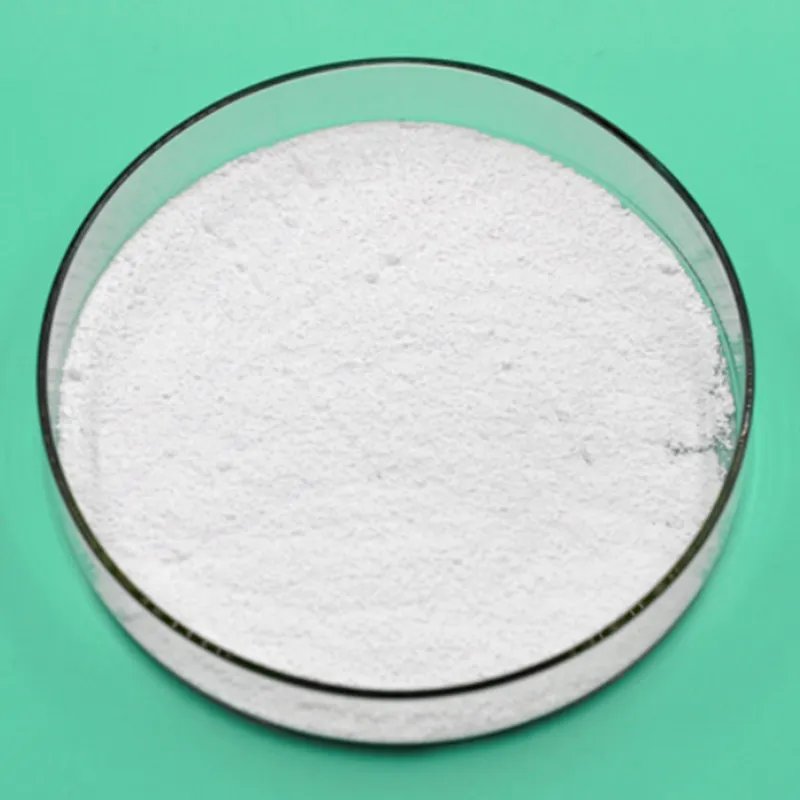
Exploring the Properties and Applications of Styrene and Butadiene in Modern Industry
Styrene and Butadiene Their Importance in Modern Industry
Styrene and butadiene are two critical monomers used in the production of various polymers and materials that are integral to everyday life. Their significance in the industrial sector cannot be overstated. The combination of these two compounds results in styrene-butadiene rubber (SBR), one of the most widely used synthetic rubbers in the world. Understanding the properties and applications of styrene and butadiene provides insight into their vital role in manufacturing and innovation.
What Are Styrene and Butadiene?
Styrene, chemically known as ethylene phenyl, is an aromatic hydrocarbon that is derived from benzene. It is a colorless, oily liquid that possesses a distinctive sweet odor. Styrene is primarily used in the production of polystyrene, a versatile plastic material used in packaging, insulation, and consumer goods.
Butadiene, on the other hand, is a colorless gas with a slightly aromatic smell. It is a diene, meaning it contains two double bonds, which makes it highly reactive. Butadiene is primarily produced from the steam cracking of hydrocarbons and is essential in producing synthetic rubber, specifically SBR.
The Combination of Styrene and Butadiene
When styrene and butadiene are polymerized together, they form a copolymer known as styrene-butadiene rubber (SBR). This rubber exhibits excellent mechanical properties, including high elasticity, resilience, and resistance to abrasion. These characteristics make SBR an ideal material for tire manufacturing, where performance and durability are paramount.
styrene and butadiene

SBR is also utilized in a wide range of applications beyond tires, including footwear, belts, hoses, and various molded products. Its versatility has led to its prevalence in multiple sectors, including automotive, construction, and consumer goods.
Environmental Considerations and Innovations
As with many industrial processes, the production and use of styrene and butadiene raise environmental concerns. The petrochemical origin of these compounds means that their production often contributes to greenhouse gas emissions. However, ongoing research and innovations are working toward more sustainable practices. For example, alternatives to traditional styrene and butadiene sources are being explored, such as bio-based feedstocks.
Additionally, advancements in recycling technologies are enabling the recovery and reuse of SBR, addressing some of the waste issues associated with synthetic rubber. Efforts to develop greener chemical processes and reduce the environmental footprint are crucial in the evolving landscape of industrial chemistry.
Conclusion
Styrene and butadiene are foundational components in the production of synthetic rubber and various polymers that play a significant role in modern society. Their unique properties and versatility have revolutionized industries, particularly in the manufacturing of tires and other rubber products. As we move toward a more sustainable future, it is essential to continue exploring innovative practices that minimize the environmental impact of these compounds, ensuring that their benefits can be enjoyed while protecting our planet. The ongoing developments in the chemistry of styrene and butadiene will undoubtedly shape the future of materials science and engineering, paving the way for new applications and technologies.
-
Buy High-Quality Trichloroisocyanuric Acid for Sale | TCCA 90% SupplierNewsAug.30,2025
-
Pure Sodium Dichloroisocyanurate Dihydrate | Powerful DisinfectantNewsAug.29,2025
-
Industrial Chemicals: Quality & Purity for Every IndustryNewsAug.28,2025
-
Nitrile Rubber Honoring Strict Production StandardsNewsAug.22,2025
-
Aspartame Ingredients Honoring Food Safety ValuesNewsAug.22,2025
-
Fertilizer for Balanced Plant NutritionNewsAug.22,2025
-
Cyanide Gold Processing with High Purity AdditivesNewsAug.22,2025
Hebei Tenger Chemical Technology Co., Ltd. focuses on the chemical industry and is committed to the export service of chemical raw materials.
-

view more DiethanolisopropanolamineIn the ever-growing field of chemical solutions, diethanolisopropanolamine (DEIPA) stands out as a versatile and important compound. Due to its unique chemical structure and properties, DEIPA is of interest to various industries including construction, personal care, and agriculture. -

view more TriisopropanolamineTriisopropanolamine (TIPA) alkanol amine substance, is a kind of alcohol amine compound with amino and alcohol hydroxyl, and because of its molecules contains both amino and hydroxyl. -

view more Tetramethyl Thiuram DisulfideTetramethyl thiuram disulfide, also known as TMTD, is a white to light-yellow powder with a distinct sulfur-like odor. It is soluble in organic solvents such as benzene, acetone, and ethyl acetate, making it highly versatile for use in different formulations. TMTD is known for its excellent vulcanization acceleration properties, which makes it a key ingredient in the production of rubber products. Additionally, it acts as an effective fungicide and bactericide, making it valuable in agricultural applications. Its high purity and stability ensure consistent performance, making it a preferred choice for manufacturers across various industries.





